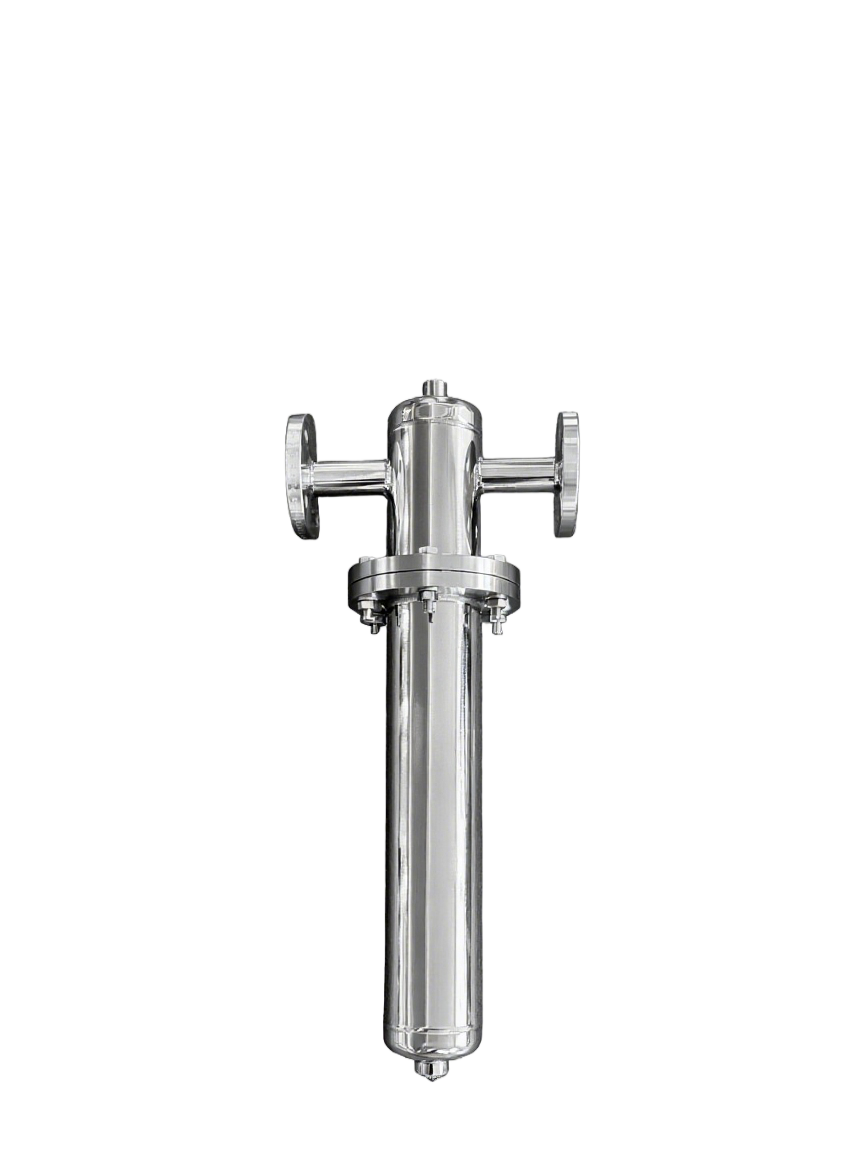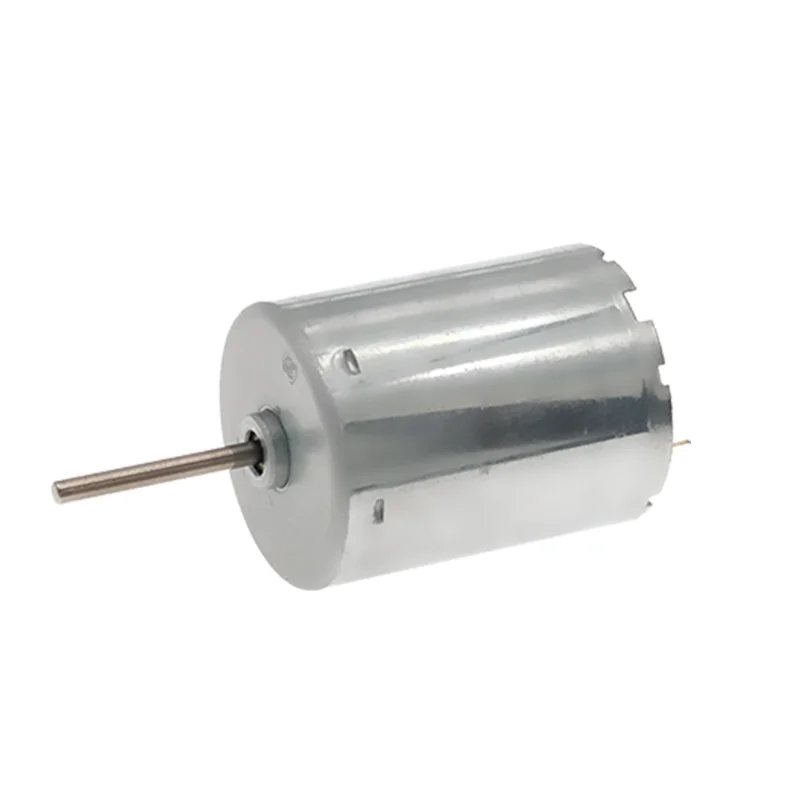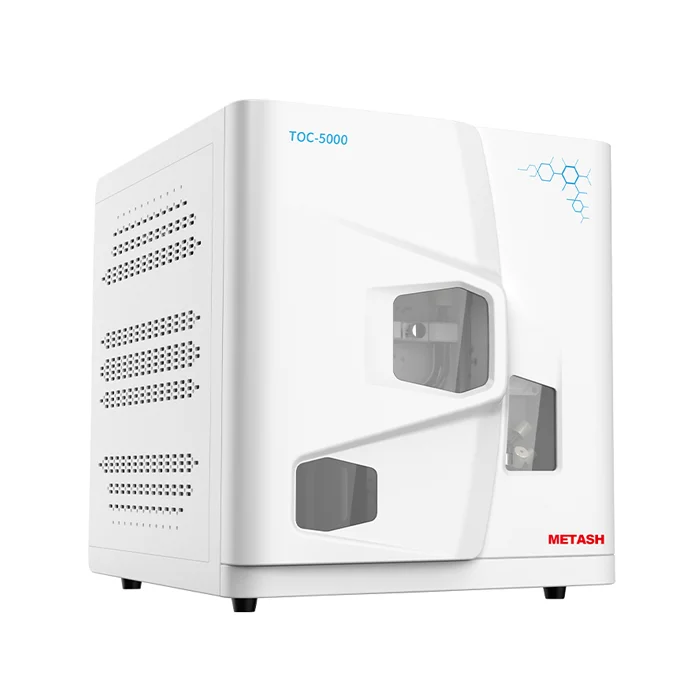Unraveling the Advantages of Helical Lobe Blowers Over Two Lobe Blowers: A Comprehensive Analysis
In the realm of industrial air movement and gas compression, the choice of blower technology can significantly impact operational efficiency, maintenance costs, and overall system performance. Among the various types of blowers available, helical lobe blowers and two lobe blowers are two prominent options. This article delves into the advantages of helical lobe blowers over their two lobe counterparts, providing a detailed analysis that highlights their superior performance characteristics, operational efficiency, and long-term reliability.
Understanding the Basics: Helical Lobe vs. Two Lobe Blowers
Before we explore the advantages, it is essential to understand the fundamental differences between helical lobe blowers and two lobe blowers.
- Two Lobe Blowers: These blowers utilize two lobes that rotate in opposite directions to create a positive displacement of air or gas. While they are effective for many applications, their design can lead to pulsation and inefficiencies in certain scenarios.
- Helical Lobe Blowers: In contrast, helical lobe blowers feature lobes that are twisted in a helical shape. This design allows for smoother airflow and reduced pulsation, resulting in a more consistent and efficient operation.
- Enhanced Efficiency and Performance
One of the most significant advantages of helical lobe blowers is their enhanced efficiency. The helical design allows for a continuous flow of air, minimizing turbulence and reducing energy consumption. This is particularly beneficial in applications requiring a steady air supply, such as pneumatic conveying systems and wastewater treatment facilities.
In comparison, two lobe blowers often experience pressure fluctuations due to their design, which can lead to energy losses and increased operational costs. The smoother airflow of helical lobe blowers translates to lower energy bills and a reduced carbon footprint, making them a more sustainable choice for businesses.
- Reduced Noise Levels
Noise pollution is a critical concern in many industrial environments. Helical lobe blowers are designed to operate more quietly than two lobe blowers. The continuous flow of air and the reduced pulsation inherent in the helical design contribute to lower noise levels during operation.
This advantage not only enhances the working environment for employees but also helps companies comply with noise regulations, avoiding potential fines and improving community relations. In contrast, two lobe blowers can produce significant noise due to their operational characteristics, which may necessitate additional soundproofing measures.
- Lower Maintenance Requirements
Maintenance is a crucial aspect of any industrial operation, and the choice of blower technology can impact maintenance frequency and costs. Helical lobe blowers typically require less maintenance than two lobe blowers due to their robust design and fewer moving parts.
The helical lobe design minimizes wear and tear, leading to longer service intervals and reduced downtime. In contrast, two lobe blowers may require more frequent inspections and repairs, particularly if they are subjected to heavy usage or harsh operating conditions. This difference in maintenance requirements can result in significant cost savings over the lifespan of the equipment.
- Versatility in Applications
Helical lobe blowers are known for their versatility and adaptability across various applications. They can handle a wide range of gases and airflows, making them suitable for industries such as food processing, pharmaceuticals, and chemical manufacturing.
Their ability to maintain consistent pressure and flow rates allows them to be used in applications that require precise control, such as aeration in wastewater treatment or pneumatic conveying of bulk materials. While two lobe blowers can also be used in multiple applications, they may not perform as effectively in scenarios requiring high precision and reliability.
- Improved Reliability and Longevity
The design and construction of helical lobe blowers contribute to their overall reliability and longevity. The helical lobes are engineered to reduce friction and wear, resulting in a longer operational life compared to two lobe blowers.
This reliability is crucial for industries that rely on continuous operation, as unexpected blower failures can lead to costly downtime and production losses. By investing in helical lobe blowers, companies can ensure a more dependable air movement solution that supports their operational goals.
Conclusion
In summary, the advantages of helical lobe blowers over two lobe blowers are clear. From enhanced efficiency and reduced noise levels to lower maintenance requirements and improved reliability, helical lobe blowers offer a superior solution for various industrial applications. As businesses continue to seek ways to optimize their operations and reduce costs, the choice of blower technology will play a pivotal role in achieving these objectives. By understanding the benefits of helical lobe blowers, companies can make informed decisions that lead to improved performance and sustainability in their operations.



